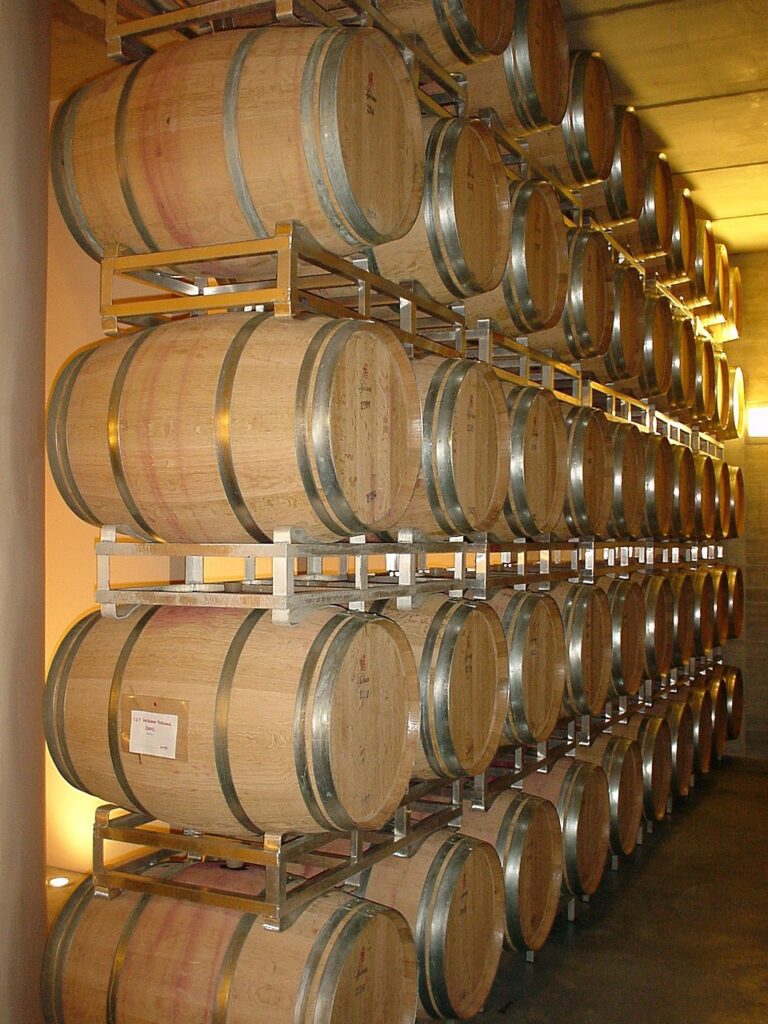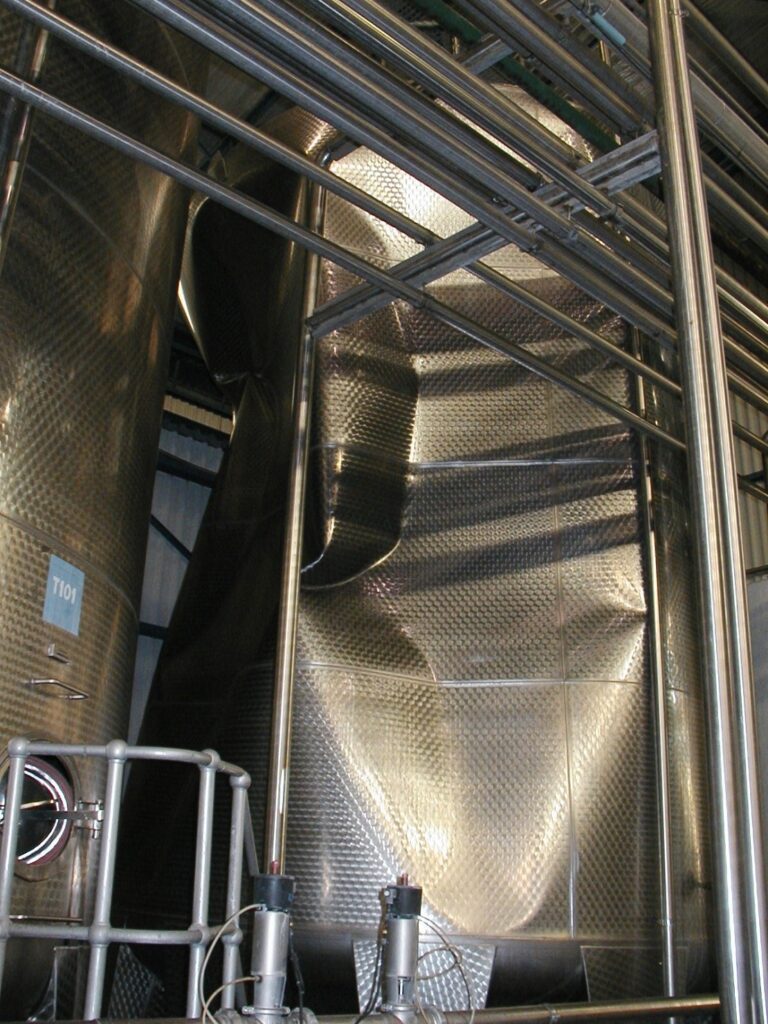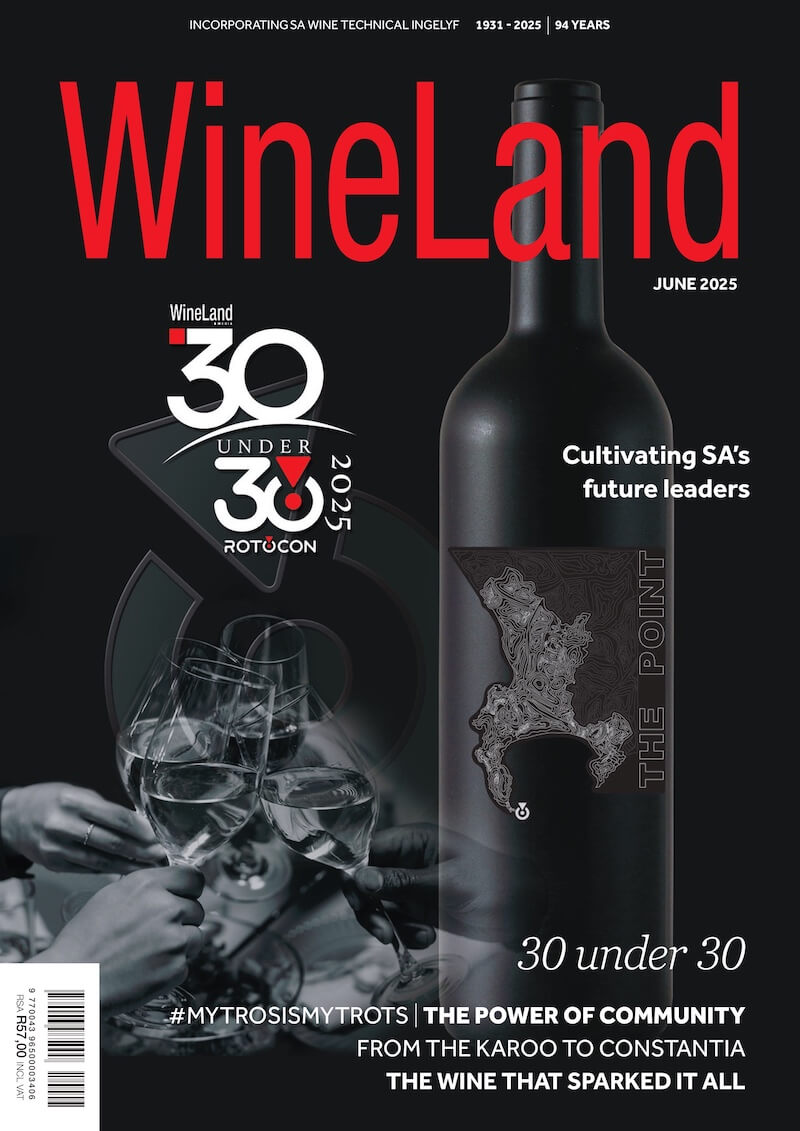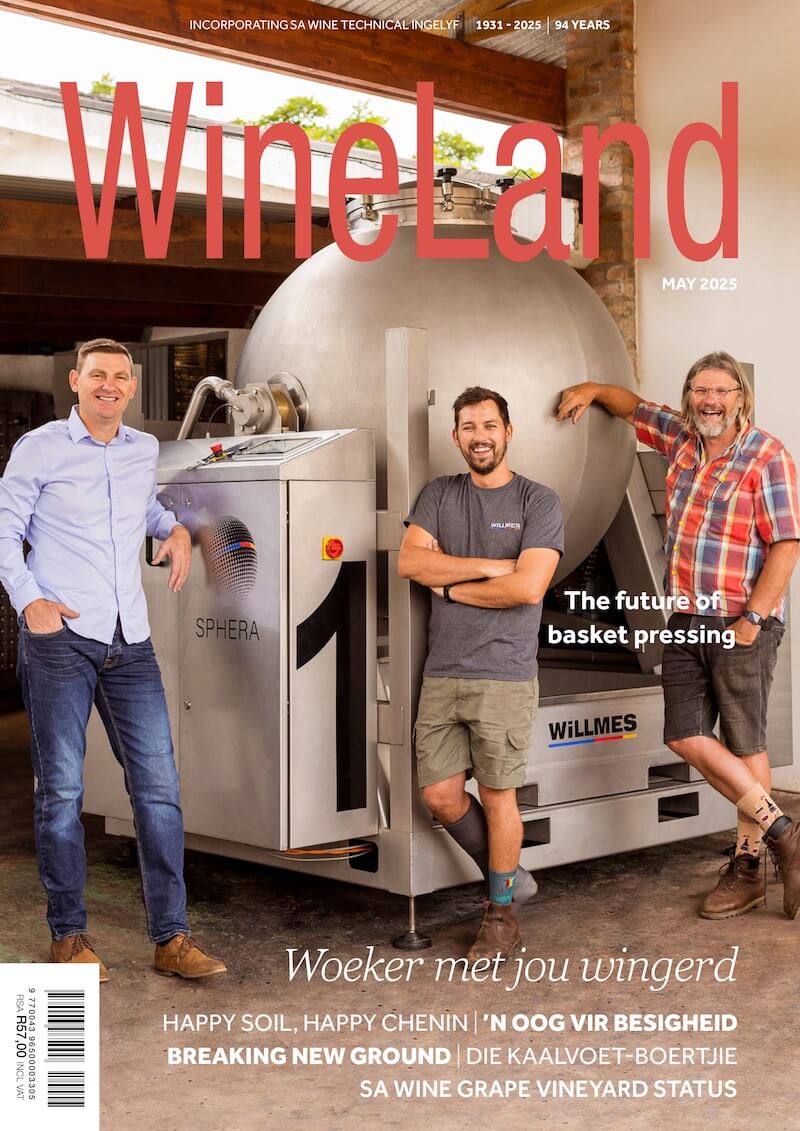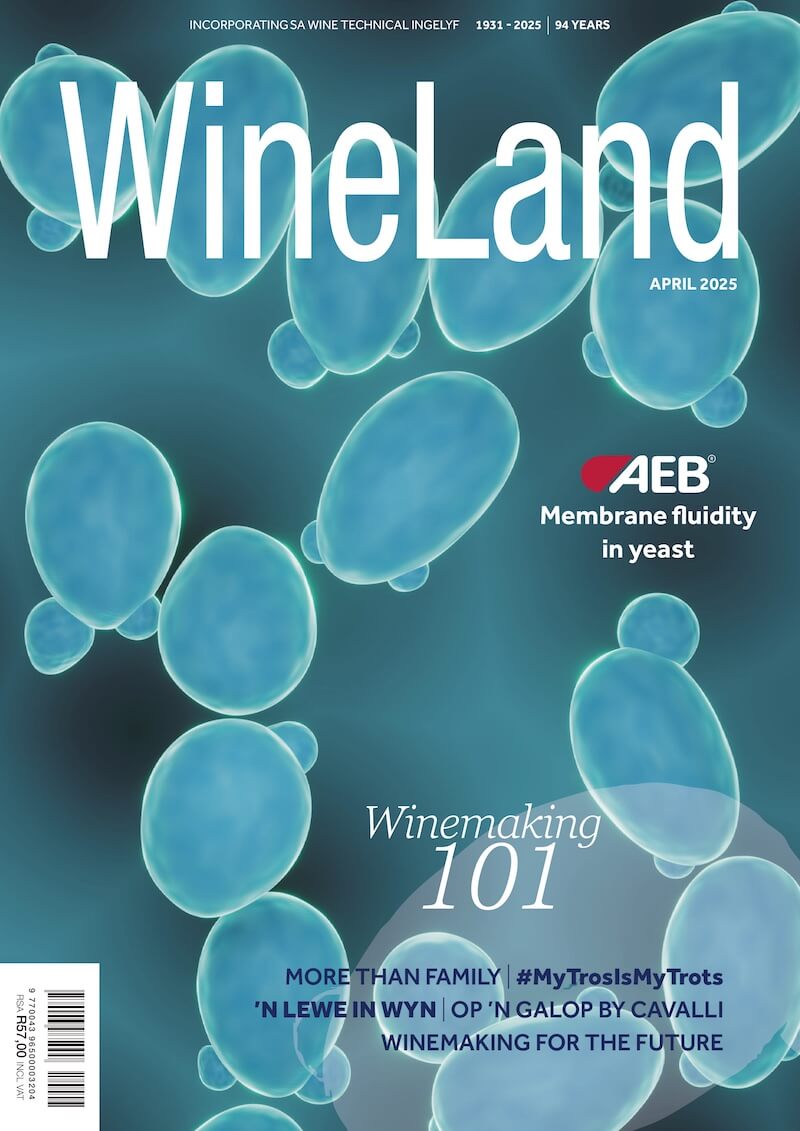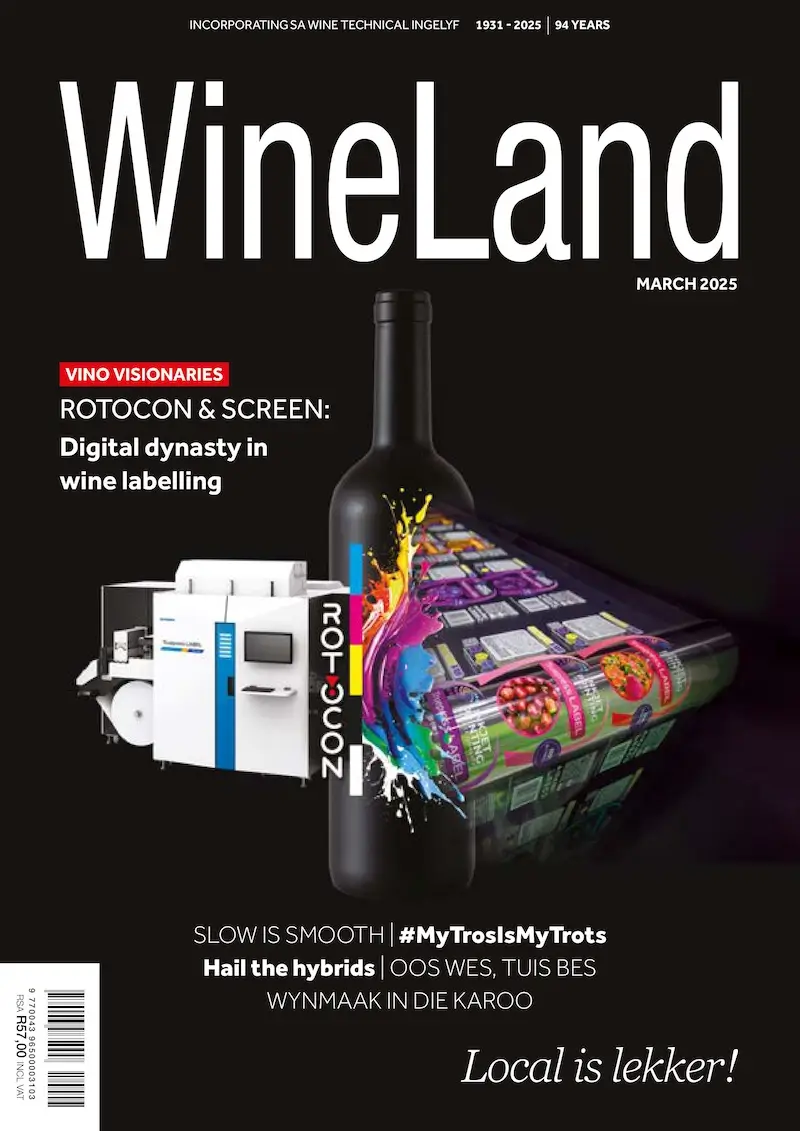It is known that the main purpose of sulphur dioxide in winemaking is its microbiological control and protection against oxidation. This can be attributed to the so-called free sulphur dioxide, consisting of molecular SO2 and the bisulphite ion (HSO3–).
The pH of the wine determines the percentages of these two.
Sulphur dioxide measurements
Early sulphur dioxide analysis started in the late 19th century. The so-called Ripper method was the first utilised by the wine industry.
It is based on a colour titration method. This was followed in 1970 by the aeration oxidation method developed by Rankine.
Methods utilising infrared spectroscopy and membrane separation followed, and consequently there were two sulphur dioxide analytical methods. The first was based on the direct oxidation of sulphur dioxide followed by immediate titration (Ripper).
The second was the separation of the sulphur dioxide from the wine, followed by titration to quantify it (aspiration). All these methods applied acidification of the sample to convert the sulphur dioxide to the molecular form.
In 2015 it was found that all these methods can overestimate the SO2 in certain wines, especially young red wines. This was confirmed by a newly developed analysis method called headspace gas detection tube (HS-GDT).
Reasons for overestimation of sulphur dioxide
The concentration of effective SO2 determined by a conventional method (Ripper or aspiration) can be overestimated because HSO3– forms an adduct dissociation equilibrium constant with free anthocyanins in red wines. This is the favoured complex of molecular association.
This binding is quick and renders the HSO3– inactive. However, it can be released by the analysis method, which then leads to an overestimated effective sulphur dioxide value.
The influence of overestimated sulphur dioxide concentrations
Two model solutions differing only regarding the presence of anthocyanins were investigated to determine the effect of anthocyanins on the anti-oxidative and anti-microbial functions of sulphur dioxide. It was found that the anti-microbial action of sulphur dioxide was lower for the anthocyanin-containing model solutions if sulphur dioxide was added to the same level according to conventional and HS-GDT analysis methods.
This confirms the theory that sulphur dioxide analysis in anthocyanin-containing wines, with conventional methods, does not reflect the real free sulphur dioxide protection. Concentrations determined by conventional methods should therefore rather be called “apparent SO2” compared to the “real SO2” determined by methods like the HS-GDT analysis.
The influence of oxygen on sulphur dioxide in wine
The main pathway for oxygen consumption in wine is through a reaction with phenols and metal catalysts to form oxidised phenols (quinones) and hydrogen peroxide. If the sulphur dioxide concentration is sufficient, it will consume the quinones and peroxide at a ratio of 4 mg total SO2 for 1 mg O2.
Bound SO2 can also be hydrolysed to replenish free SO2. Total SO2 will consequently decline when oxygen is consumed.
Wine is thus protected against oxidation by both free and bound SO2. When the total SO2 reaches about 10 mg/L oxidised aromas will start to appear because aldehydes are not bound anymore.
The packaging influences the ingress of oxygen into the wine. It is measured as the oxygen transmission rate (OTR) and can vary from < 0.03 mg O2/L/day for bottled wines to 0.17 mg O2/L/day for bag-in-the-box (BIB) wines.
The ingress rate of O2 into the packaging is slower than the consumption of oxygen by the wine. There can consequently not be a build-up of measurable oxygen in the wine.
Sulphur dioxide adducts
Different adducts with sulphur dioxide in wine have different affinities. Acetaldehyde holds very tightly to sulphur dioxide, and other adducts will release sulphur dioxide before the acetaldehyde adducts are dissociated.
The main pathway for the loss of free SO2 is due to the consumption of peroxide and quinones via oxidation. As free SO2 is consumed, an equilibrium is re-established and some of the bound SO2 is released.
Total SO2 decreased at a faster rate than free SO2.
Improved SO2 measurements
The above-mentioned HS-GDT method to determine the true SO2 concentrations was further developed. The headspace technique is used with the volatile property of SO2 to create a more rapid, automated gas chromatographic method with a special sulphur detector.
This HS-GC method is significantly more sensitive than the other methods. This is not perturbed by the bisulphite-anthocyanin complex and is rapid, taking about five minutes.
To validate the method, it was compared with the conventional Ripper and aspiration methods and the HS-GDT method. Many different wines from different sources were analysed.
The HS-GC method has a much better coefficient of variance. However, it requires expensive equipment and expertise in operation, making it unpractical for individual cellars.
The HS-GDT method is relatively inexpensive and readily available to cellars.
Winemakers must be aware of the different methods and especially the difference in results they can deliver, in order to interpret results correctly to ensure sulphur dioxide’s anti-oxidative and anti-microbial properties.
Reference
Carey, R., 2022. Sulfur dioxide: Understanding its past, present and a view into the future. Wine Business Monthly, May 2022: 44 – 49.
Click here to get your copy of WineLand Magazine and here to subscribe to our newsletter.


